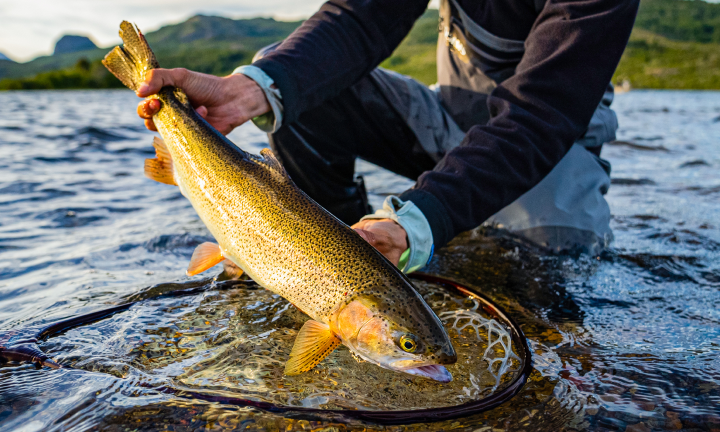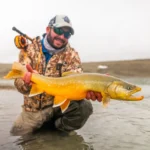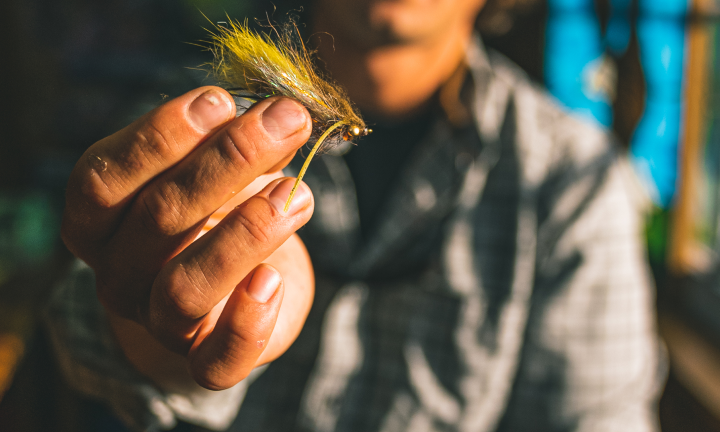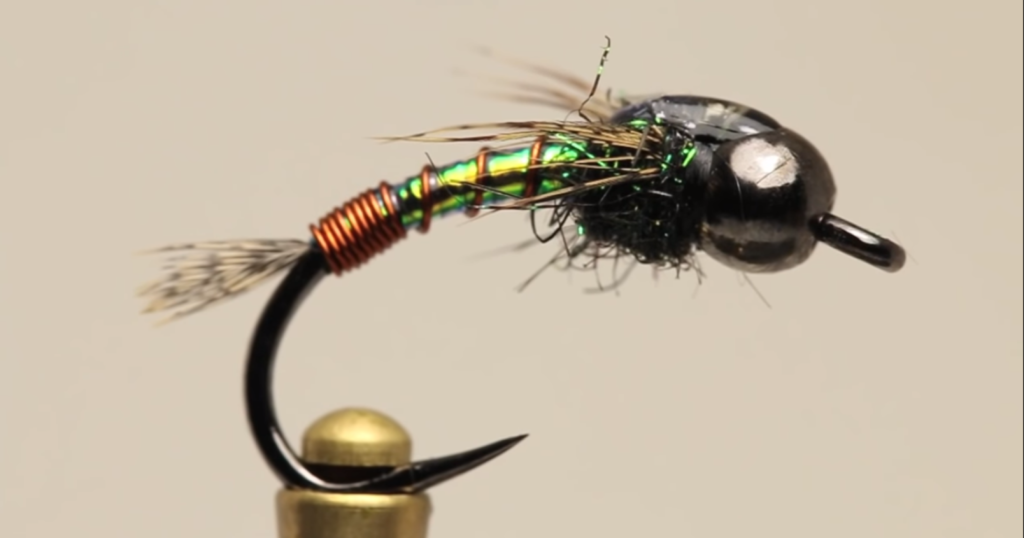
BECOME A MEMBER
Membership sign up
Sign up today and access all the expert advice, fly fishing courses and fly tying resources on our learning center.

featured question
I’m having a hard time wrapping my mind around the physics of casting a fly rod, and I think this is causing problems with my casting. So what is the main difference between casting a fly rod and casting traditional tackle?
– By Craig Simmons
Have a Question?
Ask your question below and get one of our MidCurrent Experts to answer.
"*" indicates required fields
I’ve been Euro nymphing for years and feel confident in fast water and pocket water, but I struggle in slow, ultra-clear tailwaters where the fish are spooky. I’ve noticed that even a small amount of leader flash or unnatural drift seems to put them down. What adjustments should I be making to fool these highly pressured trout?
Brian, ColoradoI’ve been tying my own nymphs for years and always used standard nymph hooks, but lately, I see more guys using jig hooks with slotted tungsten beads. They claim they snag the bottom less and hook fish better. Is it worth making the switch, or is it just another trend?
Steve, UTHey guys, I’ve been Euro nymphing for a few seasons now and have had decent success, but I feel like my drift isn’t as natural as it could be. Sometimes my flies seem to be moving a bit too fast or even lagging behind in the current. I try to lead with my rod tip, but I’m wondering—what are the key adjustments I can make to get a more natural, drag-free drift? Any tips on line control or leader setup that might help?
Frank, PAHello. I have a Thomas Avant 2, 4 weight, 10 foot rod and am interested in trying a tight line set up for trout fishing in Western North Carolina and North Georgia. I want to fish dry flies, dry droppers, and small streamers too. I bought a Sage ESN reel and am thinking about a 4 weight Rio Gold Elite and then add a Rio Euro Shorty and nymph leader. Is this a recommended setup for a versatile tight line or do you suggest something else. Thanks.
Tom, Georgia
When I fish big streamers in deep water, I struggle to get them to drop straight down rather than swinging toward me. Even with a heavy sink-tip line, my flies seem to start sinking, then immediately start sweeping in an arc instead of getting down to the fish fast. How can I adjust my setup or presentation to get a more vertical drop, especially when targeting fish holding deep near structure?
Ethan, Montana
Become a Member
Sign up today and access all the expert advice, fly fishing courses and fly tying resources on our learning center.

featured question
I’m having a hard time wrapping my mind around the physics of casting a fly rod, and I think this is causing problems with my casting. So what is the main difference between casting a fly rod and casting traditional tackle?
– Craig Simmons
Get your Questions Answered
Become a Member
Join the Learning Center today to get your questions answered and continue your journey to becoming a better angler through our courses, FlyBrary and Ask Experts knowledge bases.
Have a Question?
Ask your question below and get one of our MidCurrent Experts to answer.
"*" indicates required fields
Expert Question & Answers
I’ve been Euro nymphing for years and feel confident in fast water and pocket water, but I struggle in slow, ultra-clear tailwaters where the fish are spooky. I’ve noticed that even a small amount of leader flash or unnatural drift seems to put them down. What adjustments should I be making to fool these highly pressured trout?
Brian, ColoradoI’ve been tying my own nymphs for years and always used standard nymph hooks, but lately, I see more guys using jig hooks with slotted tungsten beads. They claim they snag the bottom less and hook fish better. Is it worth making the switch, or is it just another trend?
Steve, UTHey guys, I’ve been Euro nymphing for a few seasons now and have had decent success, but I feel like my drift isn’t as natural as it could be. Sometimes my flies seem to be moving a bit too fast or even lagging behind in the current. I try to lead with my rod tip, but I’m wondering—what are the key adjustments I can make to get a more natural, drag-free drift? Any tips on line control or leader setup that might help?
Frank, PAHello. I have a Thomas Avant 2, 4 weight, 10 foot rod and am interested in trying a tight line set up for trout fishing in Western North Carolina and North Georgia. I want to fish dry flies, dry droppers, and small streamers too. I bought a Sage ESN reel and am thinking about a 4 weight Rio Gold Elite and then add a Rio Euro Shorty and nymph leader. Is this a recommended setup for a versatile tight line or do you suggest something else. Thanks.
Tom, Georgia
When I fish big streamers in deep water, I struggle to get them to drop straight down rather than swinging toward me. Even with a heavy sink-tip line, my flies seem to start sinking, then immediately start sweeping in an arc instead of getting down to the fish fast. How can I adjust my setup or presentation to get a more vertical drop, especially when targeting fish holding deep near structure?
Ethan, Montana

Become a Member
Sign up today to access our library of fly fishing courses, fly tying patterns and expert advice.



